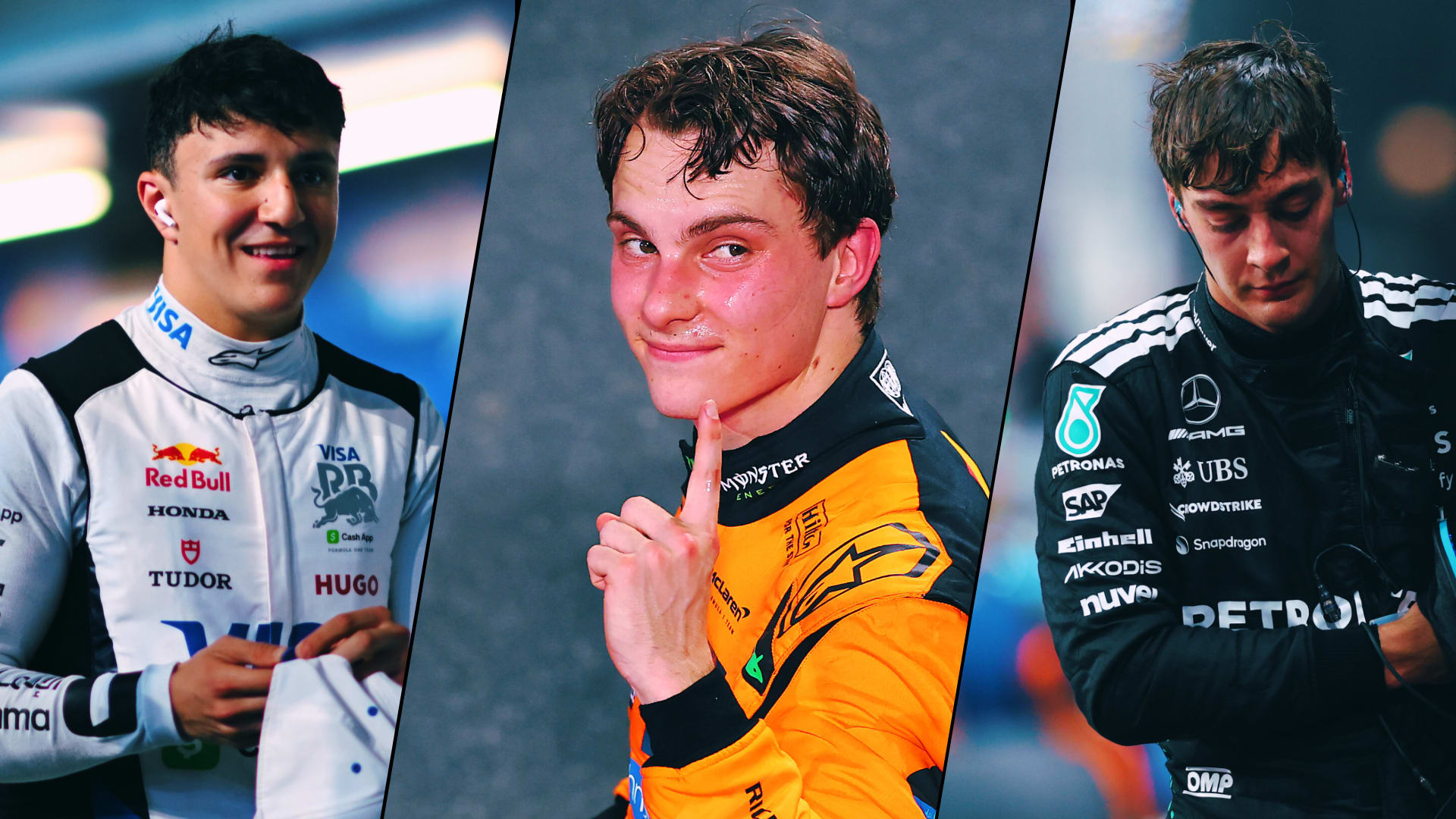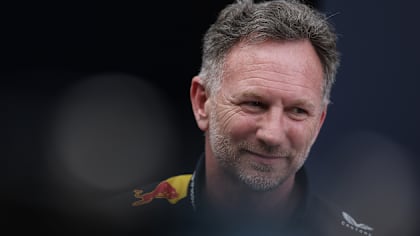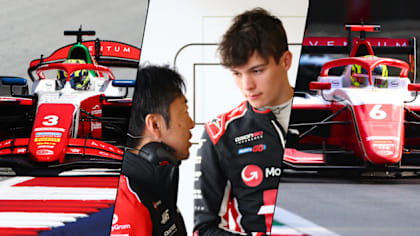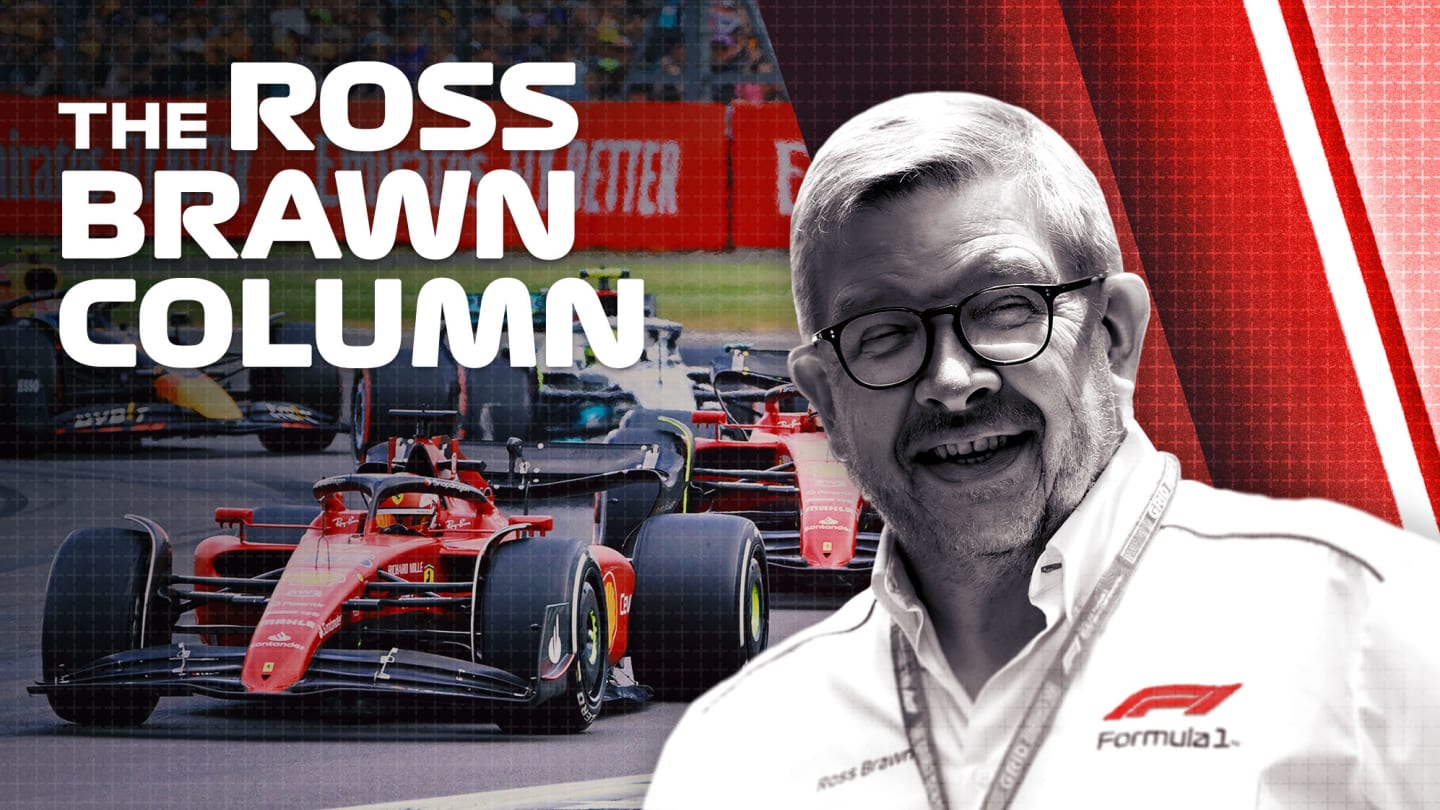
Feature
Ross Brawn on the ‘fabulous racing’ at Silverstone, his relief after Zhou’s crash & why we’re truly entering a new era of F1

Share

After one of the most exhilarating and absorbing Grands Prix in recent memory, F1’s Managing Director, Motorsport, Ross Brawn discusses how the British Grand Prix at Silverstone was another example of how the new generation Formula 1 cars introduced this year have delivered on their mandate to deliver close racing…
The ultimate spectacle
This year’s race at Silverstone was a classic – and a perfect demonstration of what the sport was trying to achieve with these revolutionary new racing cars. It was a relief to see Zhou Guanyu and Alex Albon are okay after big impacts – and once again, a fine example of the progress Formula 1 and the FIA have made with safety.
Thereafter, we were treated to some fabulous racing. What pleased me was the precision the drivers could have with the cars. We saw countless fascinating battles that went for several corners, with multiple changes of position. We saw drivers were able to take multiple lines with these new cars – and that allowed for two, three or even four cars going almost side-by-side. The quality of the passes was high, too. Drivers really had to work to get a move done – it wasn't simply a case of using DRS to fly by.
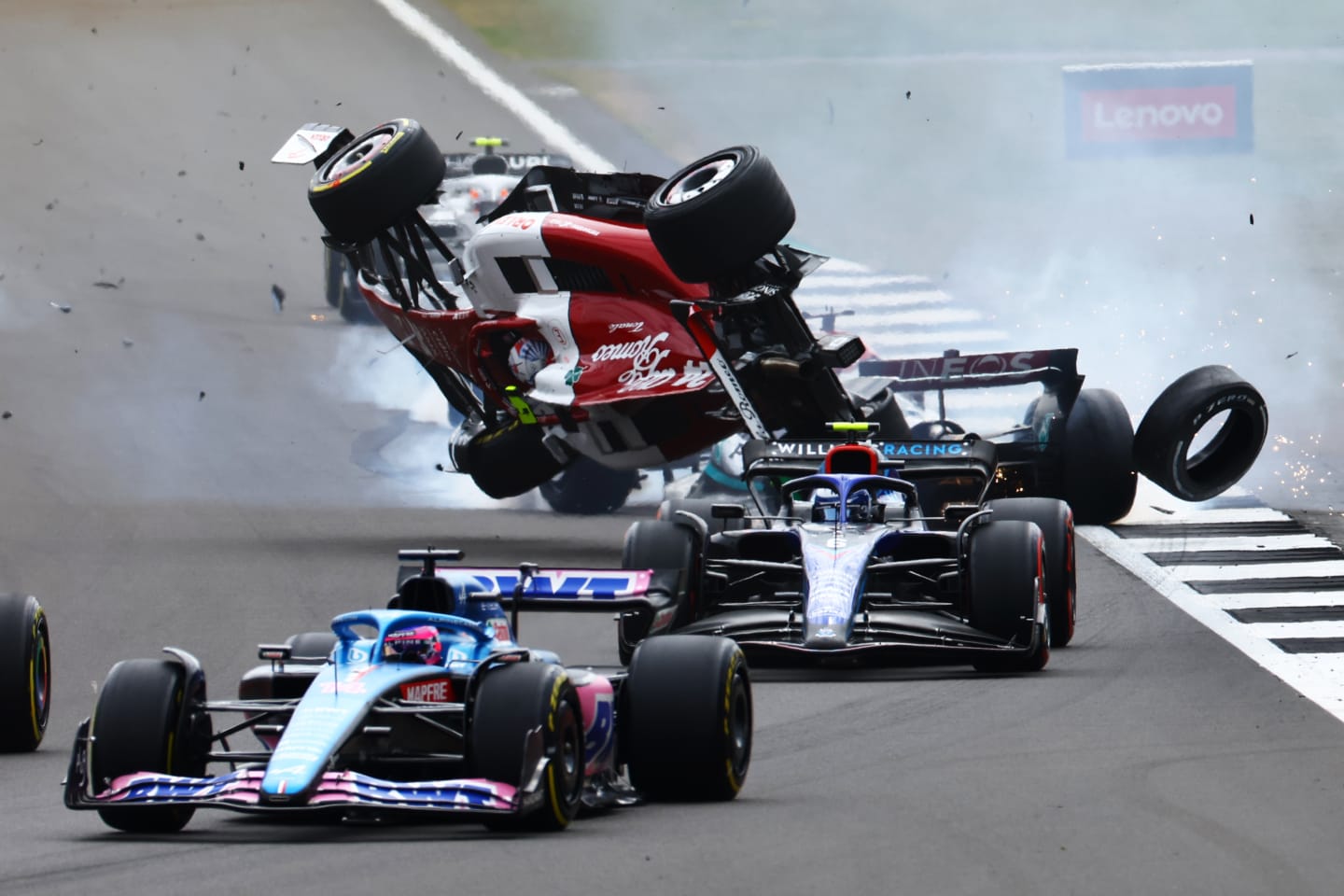
Zhou Guanyu's crash showed how far we've come with safety
Drivers positive about changes
We’ve seen some cracking battles this year, including wheel-to-wheel fights with multiple changes of position for the lead of the Grand Prix between Charles Leclerc and Max Verstappen in Bahrain and Saudi Arabia.
The drivers are enjoying these cars and have been very positive. They have all appreciated the change and the newfound ability to get up close to other cars.
READ MORE: ‘That was Formula 1 at its best’ says Hamilton after battling to P3 in home Grand Prix
Many of them have qualified that while it doesn’t always lead to straightforward overtaking, the chance to sit on the tail and pressurise and try and force a mistake is significantly improved. I don’t think there has been a single driver who has not acknowledged or been enthused by that.
The frequency where cars are following for consecutive laps and challenging for consecutive laps is much better this year than in previous years.
What it demonstrates is the direction F1 and the FIA have gone in is absolutely the right direction to follow, and the sport can go forward with renewed confidence that this approach is what is needed for the future. It must always be a significant factor in the design and modification of these cars.
2022 British Grand Prix: Hamilton, Pérez and Leclerc go wheel-to-wheel in 'unbelievable' three-way battle
A new culture in rulemaking
What we are seeing is a new culture with regards creating the rules. When the regulations are changed or developed, the factors taken into consideration are not just lap time or cost – but also raceability.
The introduction of raceability is going to be a significant change for F1 for the future. If there is a legacy of this era, it will be that raceability is now going to be a factor that is always considered when new cars are designed for Formula 1. We’ve not seen that before.
Remember, it's in the name – these are race cars.
READ MORE: 6 Winners and 5 Losers from the British Grand Prix – Who shone at Silverstone?
It's great to see the teams and the sport as a whole getting on top of the porpoising issue. At Silverstone, we saw teams had a better handle on the phenomenon with the FIA to continue working with them to eliminate it completely.
Share
YOU MIGHT ALSO LIKE
News Horner hails ‘most competitive race to date’ for Red Bull as he insists 'we were quicker' than McLaren in Jeddah
News 'It's impressive and exciting' – Team principals laud F1's motorsport ladder for preparing rookies
News Bayer admits Lawson left ‘sad and puzzled' by Red Bull seat swap as he predicts New Zealand driver 'will be back and he will be quick'
Podcast F1 NATION: Piastri makes a statement to finish F1’s triple header on top – it’s our Saudi Arabian GP review
